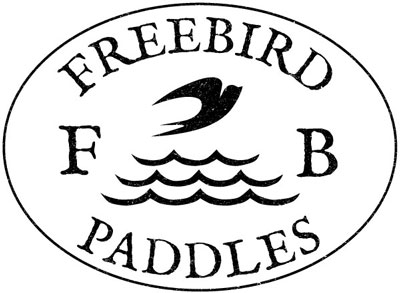Paddle Size Guide
Guidelines that use torso height plus blade length are most trustworthy, although specifics such as extra wide or narrow canoes and unusually high or low seat positions cannot be factored in. Such details are for the individual to determine. For the average width canoe with an average seat height, we have found the following method satisfactory for most:
Standard Canoe Paddles
(WW Big Dipper, Big Dipper, Pintail, Dipper, Lapwing, Cygnet):
Sit up straight on a firm flat chair with legs at 90 degrees and measure the distance from the seat to your eye level or bridge of the nose. This figure should equate the required shaft length. Add to this the given blade length for your chosen paddle model and you have the figure for the full length of paddle (eg: 32″ torso = 32″ shaft + 26″ blade = 58″ paddle). Some allowance should be made if the paddle is intended for a dedicated position in the boat. Bow paddlers generally use shorter strokes, thus finding a shorter paddle more efficient. Stern and solo paddlers prefer a slightly longer paddle to assist in steering the canoe & aiding maneuverability. It is recommended that a +/- 2 inch adjustment for comfort be made if this is the case.
Speciality Canoe Paddles
(Swan & Kingfisher):
The exceptions to the above advice concern both the Swan (Northwoods style) & Kingfisher (Algonquin style) paddles. Much myth & legend surround these paddles and in recent years there has been quite a bit of interest regarding their benefits. Size guides are few and far between, but we have found that adding 4″- 6″ for the Swan and 2″- 4″ for the Kingfisher works well for most, allowing both sliding overhand and conventional grip positions to be used.
